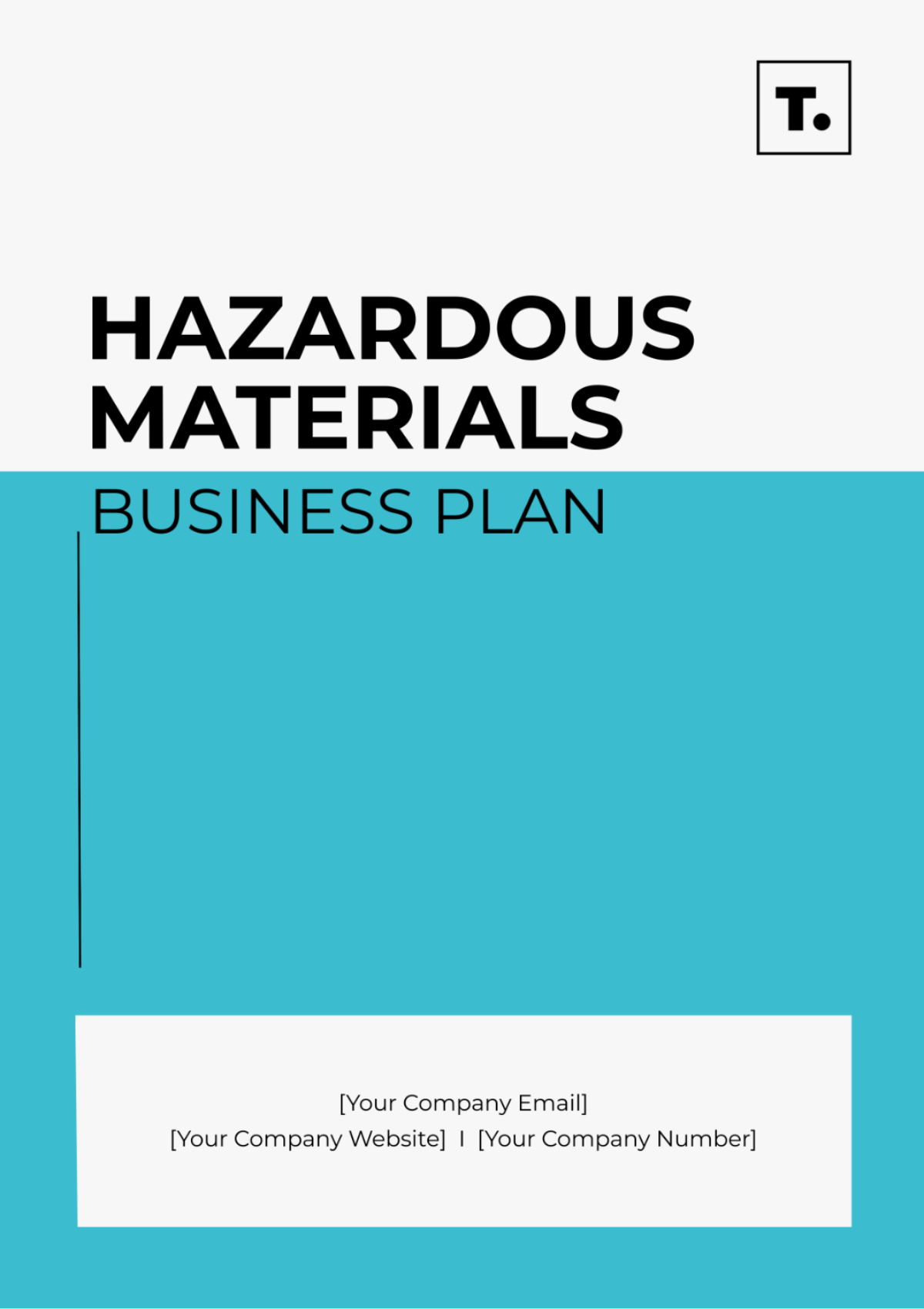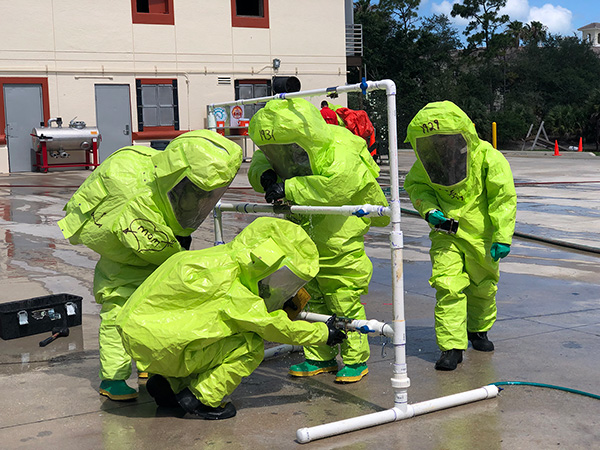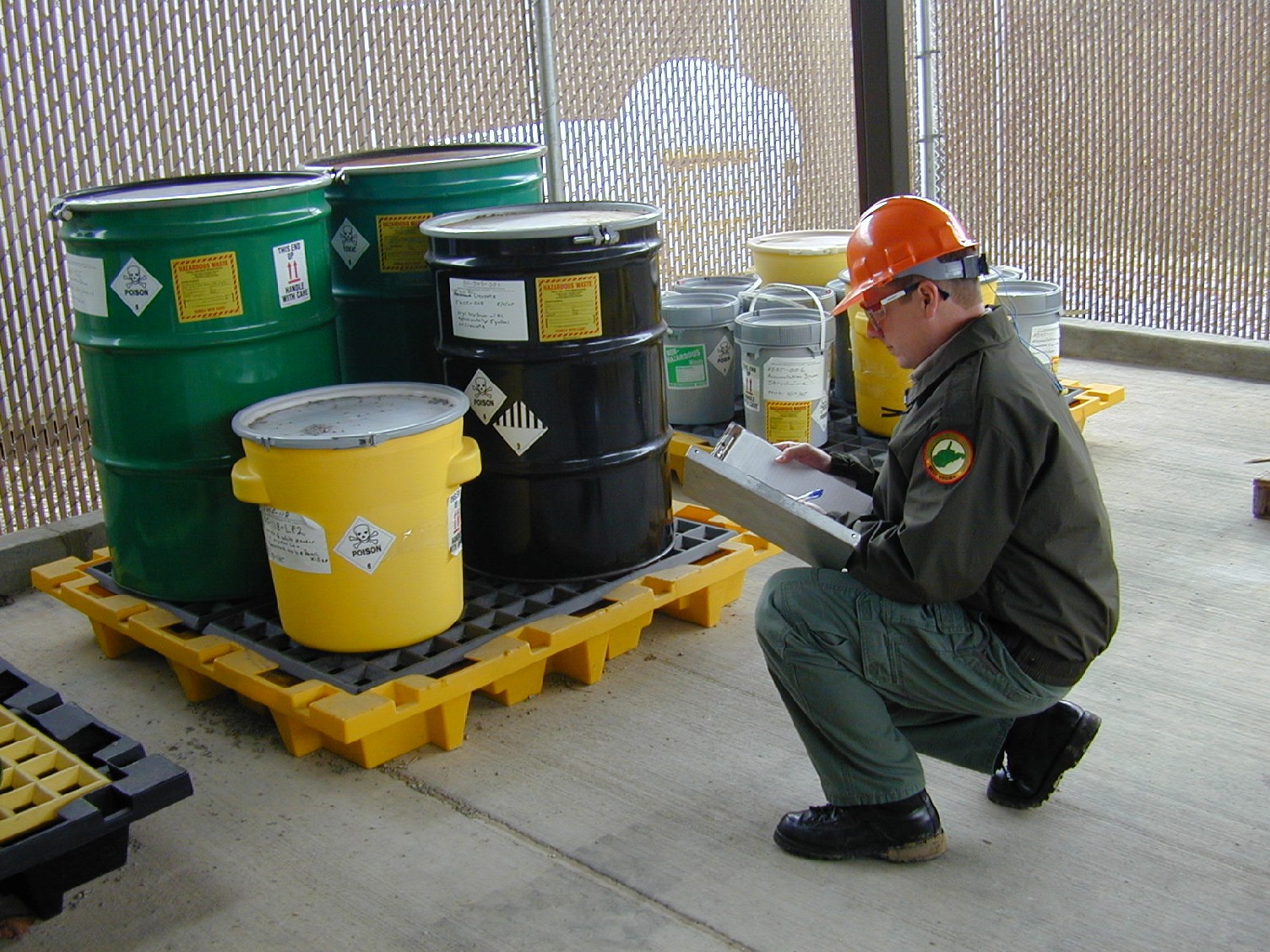Free Hazardous Materials Business Plan

I. Executive Summary
The executive summary provides a comprehensive overview of the hazardous materials management plan, detailing the key objectives, strategies, and anticipated outcomes associated with the plan.
II. Introduction
A. Company Overview
[Your Company Name] is committed to ensuring the safe handling, storage, and management of hazardous materials within its facilities.
Company Address: [Your Company Address]
Date of Plan Creation: [Date]
B. Purpose of the Plan
The purpose of this plan is to outline procedures and protocols for safely handling, storing, and managing hazardous materials.
It aims to mitigate environmental and health hazards while ensuring compliance with regulatory requirements.
III. Hazardous Materials Identification
A. Classification of Hazardous Materials

Identify and classify hazardous materials used or produced by the company.
Provide Material Safety Data Sheets (MSDS) for each hazardous material.
B. Inventory Management
Maintain an updated inventory of hazardous materials.
Implement a tracking system for monitoring quantities, usage, and disposal of hazardous materials.
IV. Risk Assessment
A. Identification of Hazards
Identify potential hazards associated with the handling, storage, and disposal of hazardous materials.
Evaluate risks to employees, the environment, and surrounding communities.
B. Risk Management Strategies
Implement measures to minimize risks, including engineering controls, administrative controls, and personal protective equipment (PPE).
Develop continge
ncy plans for emergencies such as spills, leaks, or accidents.
V. Regulatory Compliance
A. Applicable Regulations
Identify relevant regulations and standards governing the management of hazardous materials.
Ensure compliance with agencies such as the Occupational Safety and Health Administration (OSHA) and the Environmental Protection Agency (EPA).
B. Permits and Licenses
Obtain necessary permits and licenses for the handling, storage, and disposal of hazardous materials.
Renew permits as required and maintain documentation of compliance.
VI. Training and Education
A. Employee Training

Provide comprehensive training programs for employees involved in handling hazardous materials.
Ensure employees are aware of safety protocols, emergency procedures, and proper use of PPE.
B. Emergency Response Training
Conduct regular drills and exercises to prepare employees for emergencies.
Designate emergency response teams and provide specialized training as needed.
VII. Monitoring and Inspection
A. Routine Inspections

Conduct regular inspections of storage areas, equipment, and facilities to ensure compliance with safety standards.
Document inspection findings and address any identified deficiencies promptly.
B. Incident Reporting
Establish procedures for reporting incidents, spills, or accidents involving hazardous materials.
Investigate incidents to identify root causes and implement corrective actions.
VIII. Continuous Improvement
A. Performance Metrics
Establish performance metrics to measure the effectiveness of the hazardous materials management plan.
Monitor key indicators such as incident rates, compliance status, and employee training completion.
B. Review and Revision
Conduct periodic reviews of the plan to assess its effectiveness and identify areas for improvement.
Update the plan as needed to reflect changes in regulations, technology, or business operations.
IX. Conclusion
The hazardous materials management plan outlines the company's commitment to safety, compliance, and environmental stewardship. By implementing the strategies outlined in this plan, [Your Company Name] aims to protect the health and well-being of employees, communities, and the environment.
- 100% Customizable, free editor
- Access 1 Million+ Templates, photo’s & graphics
- Download or share as a template
- Click and replace photos, graphics, text, backgrounds
- Resize, crop, AI write & more
- Access advanced editor
Discover peace of mind with the Hazardous Materials Business Plan Template from Template.net. Crafted for efficiency, it's not just a document; it's your shield against unforeseen hazards. Easily editable and customizable, it empowers you to tailor your plan to perfection. Plus, with compatibility in our AI Editor, refining your strategy has never been simpler. Safeguard your business seamlessly today.
You may also like
- One Page Business Plan
- Coffee Shop Business Plan
- Restaurant Business Plan
- Food Business Plan
- Real Estate Business Plan
- Executive Summary Business Plan
- Cover Page Business Plan
- Nonprofit Business Plan
- Daycare Business Plan
- Construction Business Plan
- Startup Business Plan
- Medical Business Plan
- Bakery Business Plan
- Service Plan
- Hotel Business Plan
- Catering Business Plan
- School Business Plan
- Healthcare Business Plan
- Transportation Plan
- Sports Plan
- Car Wash Business Plan
- Salon Business Plan
- Clothing Business Plan
- Farming Business Plan
- Boutique Plan





























